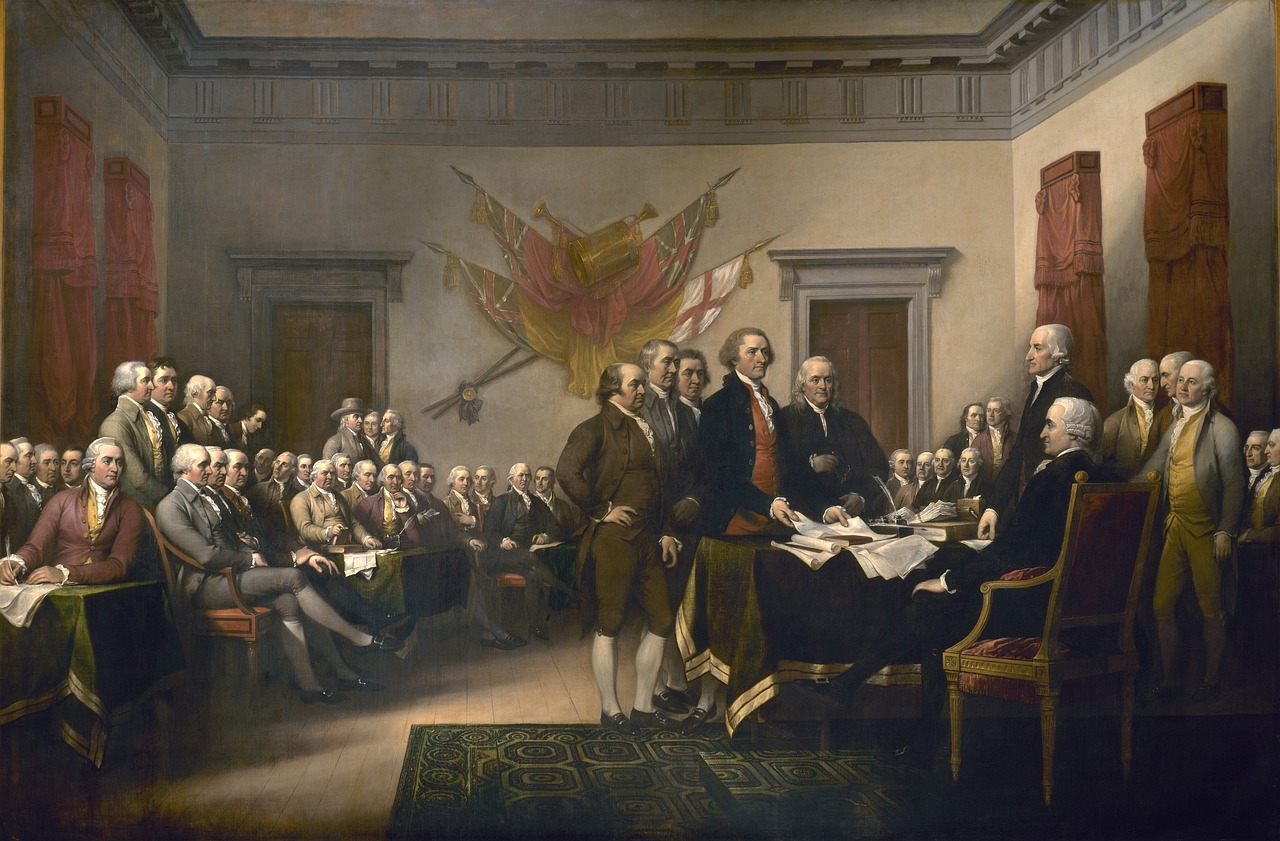
On April 17, 2024, the Patent Trial and Appeal Board in Ex parte Sanada (Appeal 2023-002165) affirmed an examiner’s single-reference obviousness rejection of a claim to a magnetic material comprising magnetic particles and an intercalated phase and requiring an angle of orientation between the magnetic particles and the plane of the material to be 10° or less.
In attacking the prima facie case, Appellant argued that the applied reference did not suggest the claimed combination of particularities concerning each of the magnetic particles, the intercalated phase, and the angle of orientation, and urged that the data in the specification demonstrated “unexpectedly favorable strength and magnetic properties for their inventive Examples in contrast to Comparative Examples.”
Appellant’s first argument was dismissed by the Board in view of the reference’s disclosure of overlapping ranges for each limitation, citing In re Peterson, 315 F.3d 1325 (Fed. Cir. 2003) (“A prima facie case of obviousness arises when the ranges of a claimed composition overlap the ranges disclosed in the prior art.”). In dismissing the second argument – that data in the specification demonstrated unexpected results – the Board reviewed the specification and found it lacking:
Here, Appellant’s unexpected results are not supported by factual evidence. The Specification’s description of Figures 11–13 and Tables 1 and 2 does not describe the inventive Examples as demonstrating results that are unexpected. For instance, paragraphs 110–112 of the Specification do not describe the results shown in Figures 11–13 as unexpected and paragraph 166 merely states that results provided in Table 2 are “excellent” and “remarkable effects are obtained.” Therefore, Appellant’s assertions that the results are unexpected are supported only by attorney argument and conclusory statements in the Specification, which are insufficient.
and in a final blow noted that Appellant had not addressed whether the asserted unexpected results provided a comparison with the closest prior art. Rejection affirmed.
What could Appellant have done differently? They could have filed a Declaration supporting their contentions and providing the (apparently available) data in the form of evidence sufficient to overcome the rejection. As noted in In re Soni, 54 F.3d 746 (Fed. Cir.1995), cited by the Board in this appeal, “when an applicant demonstrates substantially improved results, as Soni did here, and states that the results were unexpected, this should suffice to establish unexpected results in the absence of evidence to the contrary (emphasis in original).” Because it is unusual for a patent specification to describe data as unexpected, the filing of a Declaration providing this statement and explaining the importance of the results can oftentimes mean the difference between allowance and rejection.
by Richard Treanor
Richard (Rick) L. Treanor, Ph.D., is a founding partner of Element IP. Rick has more than three decades of experience in intellectual property in both the U.S. Patent and Trademark Office and private practice. Rick focuses his efforts on the creation, maintenance, and defense of IP rights in proceedings that take place inside the USPTO: patent prosecution, patent appeals, inter partes review, post-grant review, derivation proceedings, covered business method review, re-examination, interference, third party submissions, revival, foreign filing licenses, supplemental examination, etc.
